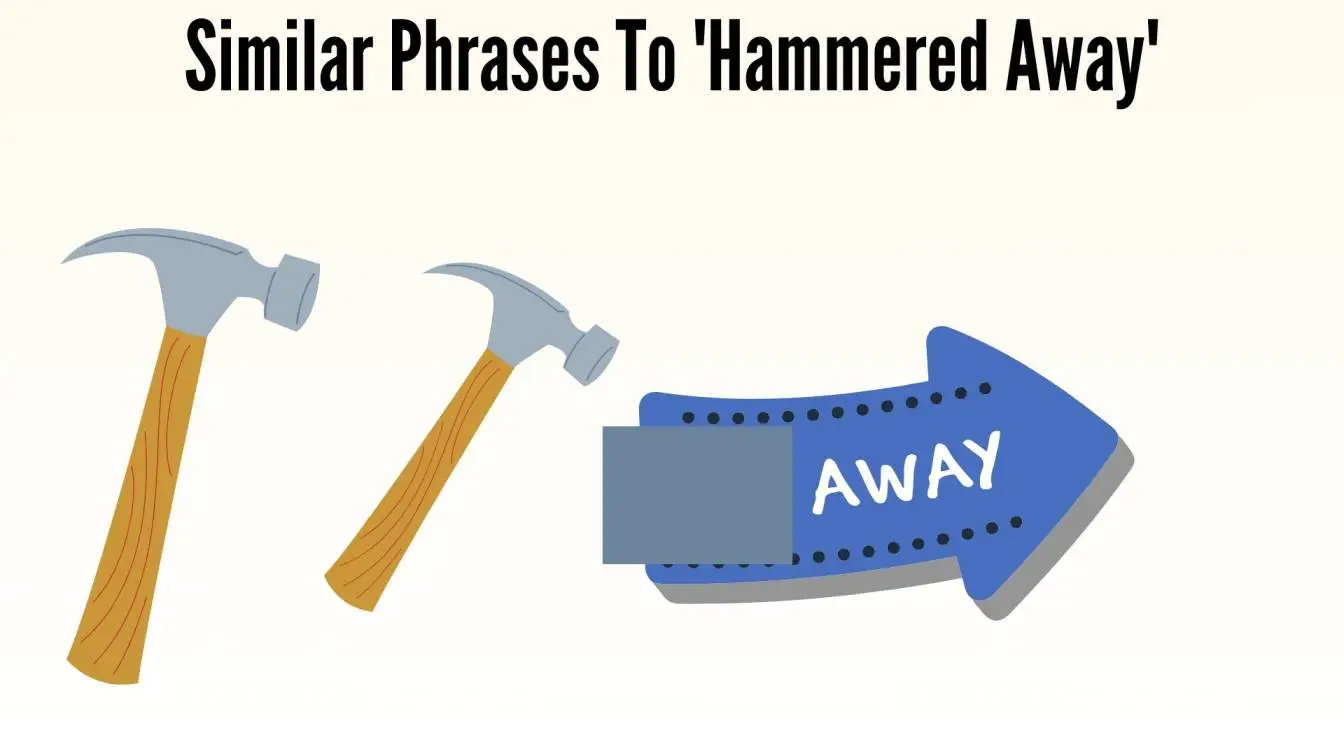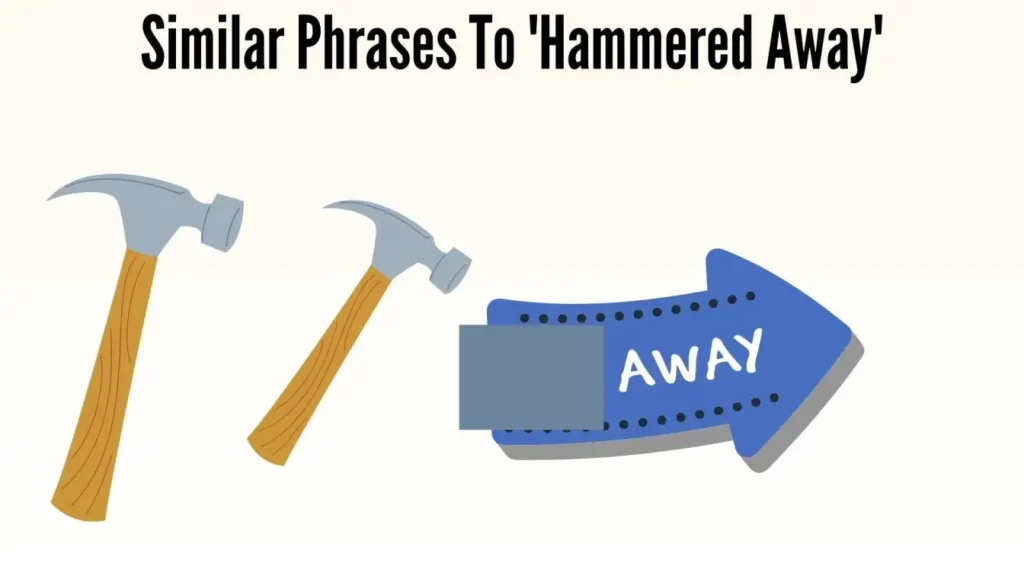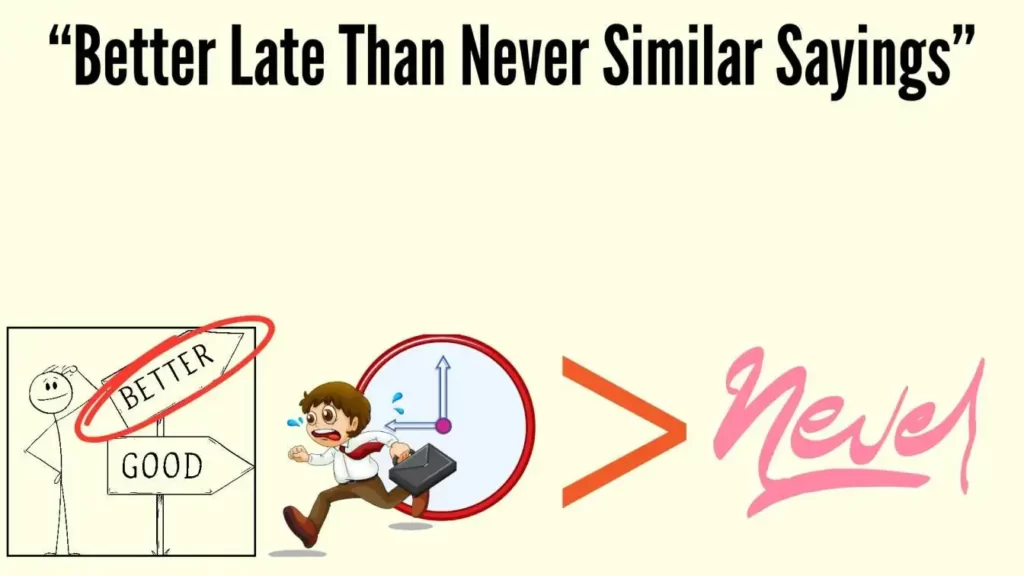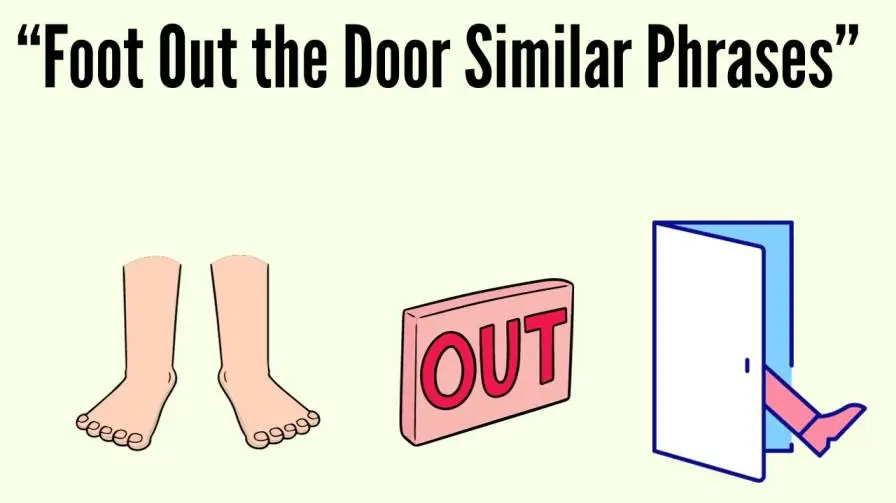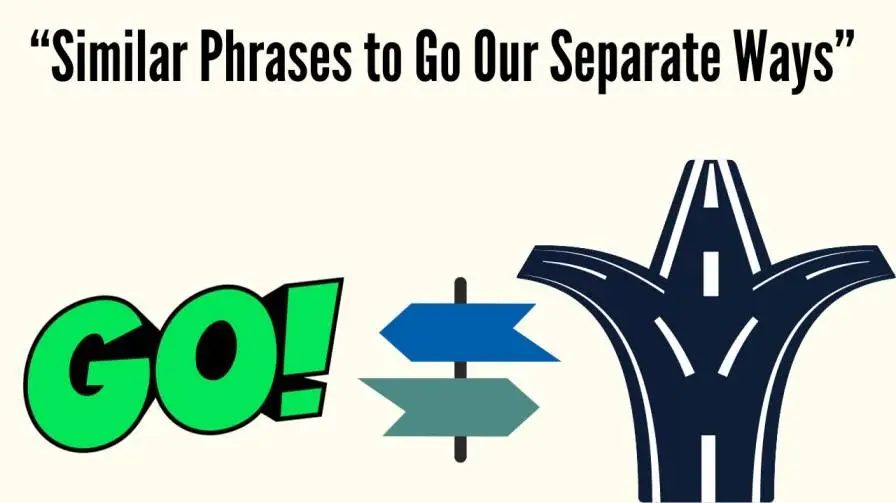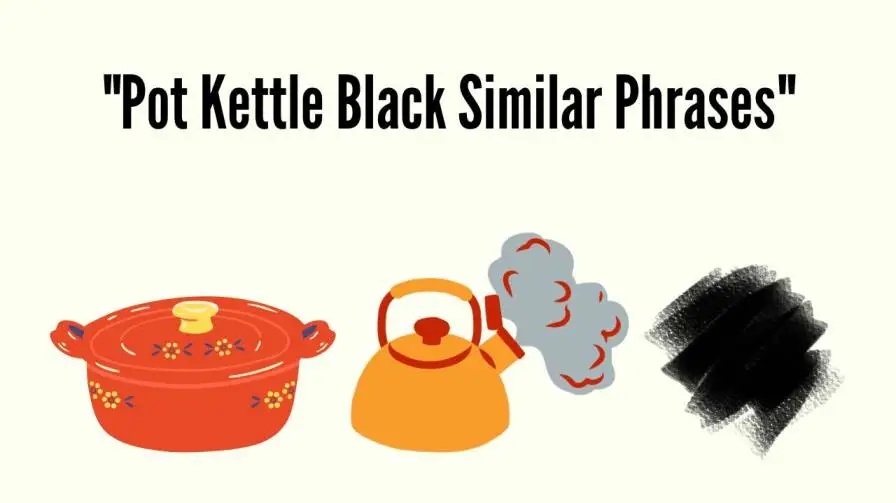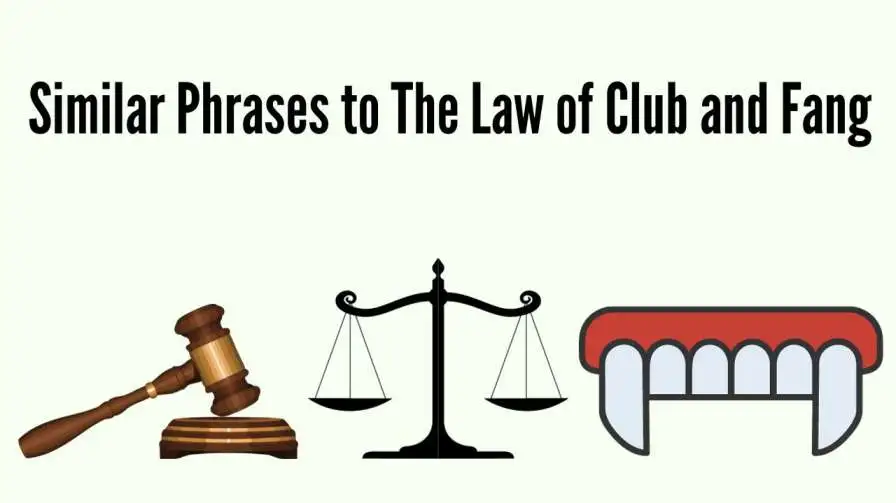Have you at any point pondered where the adage “Like Herding Cats Similar Phrases” came from or what it implied? The symbolism in this apparently odd articulation, which has crawled into normal use, is provocative and comical.

- Trying to nail jelly to a wall: Attempting to control or manage something elusive or constantly changing.
- Organizing a three-ring circus: Dealing with a chaotic and complex situation that involves many unpredictable elements.
- Attempting to corral a bunch of butterflies: Trying to control a group of individuals who are free-spirited and difficult to contain.
- Managing a group of free spirits: Leading or overseeing a team of independent and non-conformist individuals.
- Steering a ship of independent thinkers: Navigating a group of people with diverse opinions and ideas, each going their own way.
- Juggling cats: Handling a situation that is inherently chaotic and difficult to manage.
- Guiding a flock of rebellious sheep: Leading a group that tends to resist authority or conformity.
- Choreographing a dance with a mind of its own: Managing a situation where elements are unpredictable and do not follow a set pattern.
- Keeping track of a swarm of bees: Trying to monitor and control a large number of individuals, each with their own agenda.
- Directing a play with an improv cast: Managing a situation where participants act spontaneously, making it challenging to predict or control.
- Controlling a room full of unruly toddlers: Managing a situation where there is a lack of discipline and order, akin to dealing with uncontrollable young children.
- Leading a team of wild stallions: Overseeing a group of strong-willed and untamed individuals.
- Navigating through a sea of moving targets: Dealing with a dynamic and ever-changing environment with multiple variables to consider.
- Conducting a symphony of diverse opinions: Managing a group with a wide range of perspectives, trying to harmonize their ideas.
- Managing a group of cats on a hot tin roof: Dealing with a group of individuals who are agitated, restless, or difficult to handle.
- Balancing on a tightrope with unpredictable elements: Handling a precarious situation where stability is hard to maintain due to unforeseen factors.
- Keeping tabs on a flock of birds in flight: Attempting to monitor and control a group that is constantly in motion and hard to track.
- Guiding a pack of stray dogs: Managing a group that lacks organization and may have divergent interests.
- Holding together a string of spaghetti: Trying to maintain cohesion in a situation where things are inherently messy or disorganized.
- Orchestrating a parade of marching to different beats: Managing a group where individuals have conflicting priorities or goals.
Alternatives of Like Herding Cats Similar Phrases
- Trying to catch lightning in a bottle.
- Organizing a group of fish into formation.
- Navigating a maze of shifting sands.
- Gathering a handful of marbles on a bumpy surface.
- Directing a swarm of fireflies.
- Attempting to lasso the wind.
- Sorting grains of sand in a storm.
- Keeping track of leaves in a gust of wind.
- Balancing on a seesaw in an earthquake.
- Trying to corral a cloud.
- Hunting shadows in the dark.
- Managing a parade of moving shadows.
- Corralling thoughts in a hurricane.
- Assembling a puzzle with missing pieces.
- Trying to gather echoes in a canyon.
Origin and History
The phrase “Like Herding Cats” has roots that trace back in time. Originally used to describe a seemingly impossible task, its history can be linked to the challenges faced by those attempting to control or manage independent and unpredictable entities.
The Imagery Behind the Phrase
Picture the complexity of herding cats – each with its unique personality, direction, and whims. The metaphor highlights the difficulty in coordinating diverse elements, making it a vivid way to express the intricacies of managing something inherently chaotic.
Applying the Phrase to Human Situations
From corporate environments to project management scenarios, the metaphor aptly captures the difficulty of coordinating diverse individuals. This section explores how the phrase transcends its feline origins to depict the intricacies of human collaboration.
Common Phrases with Similar Meaning
“Organizing Chaos”
Similar expressions like “Organizing Chaos” encapsulate the struggle of bringing order to inherently disorderly situations. We delve into various phrases that share the sentiment of attempting the seemingly impossible.
“Juggling Chainsaws”
The metaphorical act of juggling chainsaws mirrors the precarious nature of coordinating tasks with high risks and potential chaos. We explore how this phrase aligns with the challenges encapsulated in “Like Herding Cats.”
“Nailing Jelly to the Wall”
A situation’s fluid and unexpected elements are difficult to contain, as demonstrated by the metaphor of trying to nail jelly to the wall. We compare this expression to the coordination issues that are conveyed in the primary metaphor.
References to Popular Culture
The expression is widely used in popular culture and goes beyond its precise meaning. “Like Herding Cats” has become a standard term to describe the chaos of some circumstances in literature, film, and even music.
Comparable Expressions in Various Cultures
It’s interesting to note that this metaphor isn’t exclusive to English. Many cultural expressions are comparable to one another, demonstrating a shared awareness of the difficulty in controlling the uncontrollable.
Evolution of Language
Expressions like “herding cats” contribute to the dynamic evolution of language. They offer succinct ways to encapsulate complex ideas, adapting to the ever-changing landscape of communication.
Usage in Business and Management
In corporate settings, the phrase is often employed to describe the difficulties in managing diverse teams or projects. The challenge of aligning different personalities and work styles echoes the sentiment of herding cats.
Challenges in Communication
Delving deeper, the phrase reflects the hurdles in effective communication. Understanding how to navigate through diverse perspectives and ensure a unified understanding becomes crucial in metaphorical cat herding situations.
Metaphor in Problem-Solving
The metaphor extends to problem-solving scenarios, emphasizing the need for adaptable strategies when facing multifaceted issues with a multitude of potential solutions.
Coping with Complexity
Life, much like herding cats, is complex. Acknowledging and embracing this complexity allows us to navigate challenges with a more open and understanding perspective.
Internet Memes and Social Media
In the age of the internet, “Like Herding Cats” has found a new home in memes and social media. Its relatability has made it a favorite in online culture, further cementing its place in contemporary communication.
Adaptability in Language
The adaptability of language is evident in the enduring popularity of expressions like “herding cats.” As language evolves, these phrases seamlessly integrate into our daily conversations, becoming timeless tools for expression.
Final Short
“Like Herding Cats” is still a potent and applicable metaphor that captures the complexities and difficulties of handling the unexpected. Knowing the subtleties underlying these emotions improves our communication and helps us connect with the complexities of the human experience on a deeper level as we travel through many facets of life.

